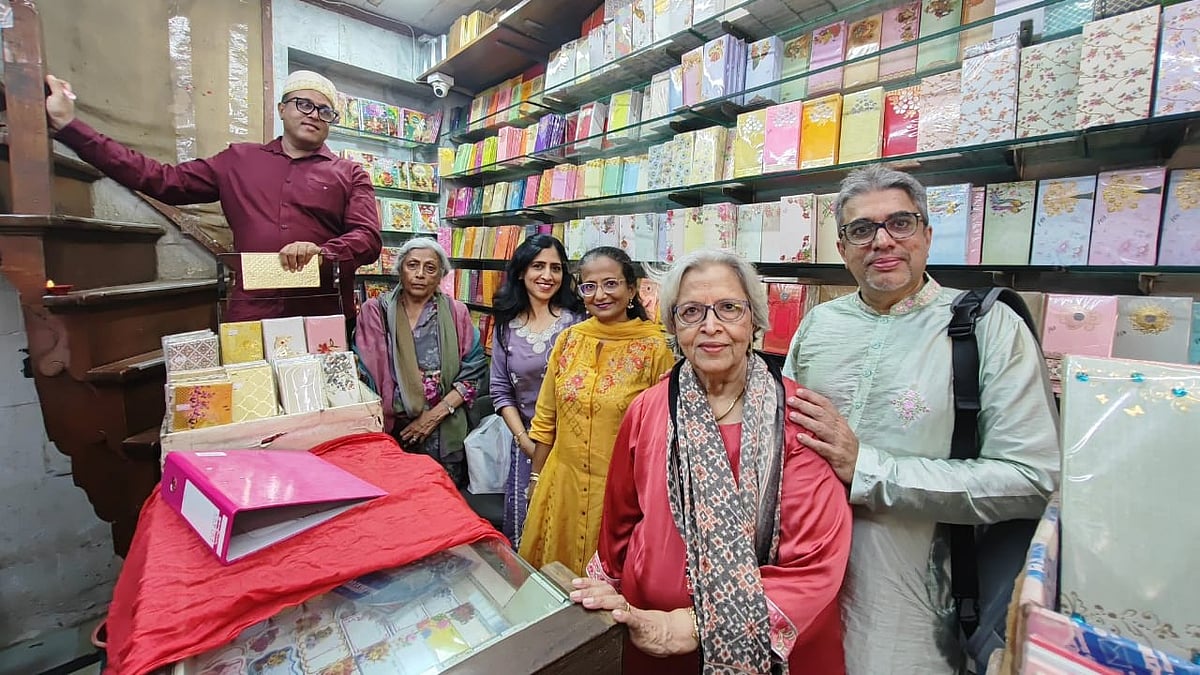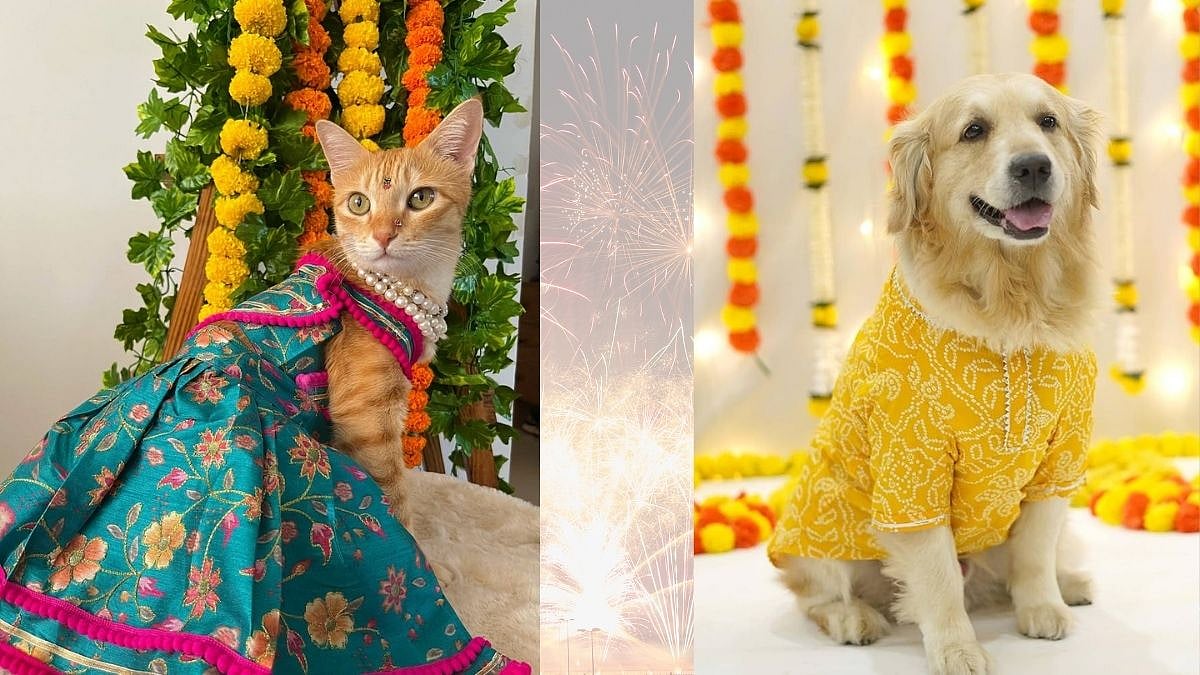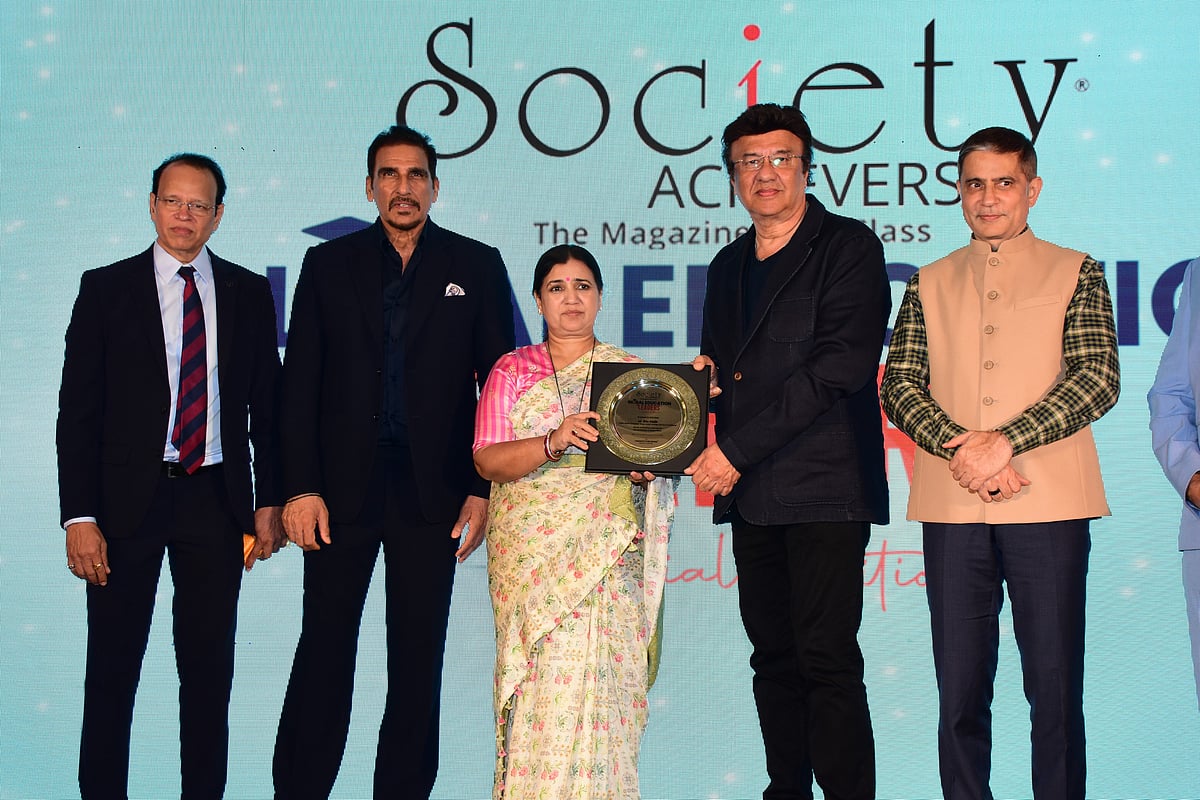As I celebrated my father’s birth anniversary with my mother and brother, we reminisced about his life and his thoughts on death. We remembered how he would proclaim that I am going to dance and sing on my way to meet my lord, my primal father. He had expressed his desire that no one should shed a tear or mourn his death. He would like it if we celebrated his remembrance, in the same way that he had led his life, with joy and gratitude.
He definitely did not want us to perform rituals and rites blindly, especially out of ignorance and fear. All his life he believed that rituals had a scientific context and were relevant at the time they were created but they needed to be tweaked as per the context of the changing times.
Death is one of the most fascinating and pervasive themes in human psyche. If we look at art history, we can find many artworks that deliberate on afterlives. Death is most often referenced as a grim reminder of numbered days and a powerful motivator to live well, while you can. Every culture has rituals surrounding death, as discussed above, it’s found appearing in artwork as icons and colors. Hourglasses and wilted flowers for the Dutch, the Cuckoo bird in Japan, the Totenkopf in Germany, all symbols of death.

Talking about death, one cannot not think of the famous painting, Christ of Saint John of the Cross by Salvador Dali. For this painting, the Spanish painter got inspiration from a dream he saw the exact image of Christ in colors as drawn in the painting by him.
Another painting produced by Vladimir Tretchikoff in 1949, known around the world by the name Alicia Markova, The Dying Swan. Alicia Markova was a lovable ballet girl who did perform the famous role of the Dying Swan. The South African painter loved her performance and then decided to paint her.
Or more recently the artwork called ‘the Physical Impossibility of Death in the Mind of someone Living is an artwork – probably one of the best contemporary installations around the theme of death in art – produced by Damien Steven Hirst in 1991. It is known for its true example of Contemporary and Conceptual art. A killer dead shark is kept in a tank filled with formaldehyde.
Many contemporary Indian painters too have dwelled on the subject of death. In the recent past, Artist Dhruvi Acharya's solo show on death and ageing, called Permeated Absence, finds the artist contemplate on the idea of mortality and how ageing can slowly ravage the body. Anju Dodiya’s works exhibited in a show called On the subject of Death has her explain how we hide behind words like ‘mortality’, ‘transcendence’ or transititory nature of life. To speak on Death and address it as Death, requires courage as it is the finality of all life. In ‘the book of endings’ the artist has painted over medieval medical illustrations and confronted physical pain, it’s finality, mourning and remembrance in a sharp direct manner. Or the ongoing show of Kiyomi Talaulicar A woven story of Mother where she pays homage to her mother, who she recently lost. To cope with a subject so universal and so final has deep reflection as it has different perspectives, death seems to be fascinating, the unknown always is… and yet if death is supposedly the other side of the coin, then it must be as wonderful as life is.
It is interesting to see the Significance of Death Around the World, and it’s celebration. Death doesn’t have to be ignored, shunned, or relegated to a brief ceremony of acknowledgment and eulogies. Sometimes, the best way to handle death is by acknowledging its role in each of our lives and marking its passage of time. There are interesting and varied death rituals, traditions, and celebrations around the world in different cultures.
Peru: Prehispanic Peruvian cultures, such as the Incas, celebrated death rituals with music and food. It’s normal to see Peruvian wakes and burials where people drink and dance accompanied by artists and folkloric bands. Another unique characteristic of Peruvian funerals is that the wake host will present gifts of memorabilia with the deceased’s picture to guests. There is also a national two-day celebration of death. Starting on November first, Peruvians celebrate All Saints Day by going to church and sending thankful prayers to Saints acknowledged by the Catholic church. Day of the Dead is celebrated the next day.
Poland: Doors and windows of the house of the deceased are kept open because it’s believed that the soul needs a path to go to the spiritual world. In addition, mirrors are covered and clocks are stopped.
Korea: Holiday of Chuseok is regarded as the Korean version of Thanksgiving, a time for family members to gather and share food and stories, and show gratitude to the ancestors for an abundant autumn harvest.

Japan: Obon focuses on remembering family ancestors, it’s believed that their ancestors’ spirits return to the world of the living to visit with loved ones during this festival, and Japanese people celebrate their arrival. In Japan, this is an exciting celebration marked by large family reunions, bright lanterns, and fun community events. This tradition is believed to have originated around 500 years ago, under Buddhist influence. Lanterns are placed around the city, rivers, and lakes to guide them back to their origins.
Africa: It is an important socio-cultural event. This is a unique characteristic of the continent as compared to others across the world where usually only family members and a few friends attend funerals. African families go to great lengths to organize funerals, and some even incur debt to afford to host the event. The arrangements for a funeral typically include buying new clothes, custom-made coffins, offering food for guests, hiring singers, and even hiring coffin dancers.
Ghana: Coffins are custom made resembling something meaningful for the deceased. For instance, it's usual to find coffins with animals or even airplane shapes.
(Sonal Motla is an art curator and Director at Rachna Sansad, working towards issues on art education, craft and design as a visiting faculty with a few educational institutions like NIFT Mumbai, among others. Send your feedback to: sonal25fpj@gmail.com)











